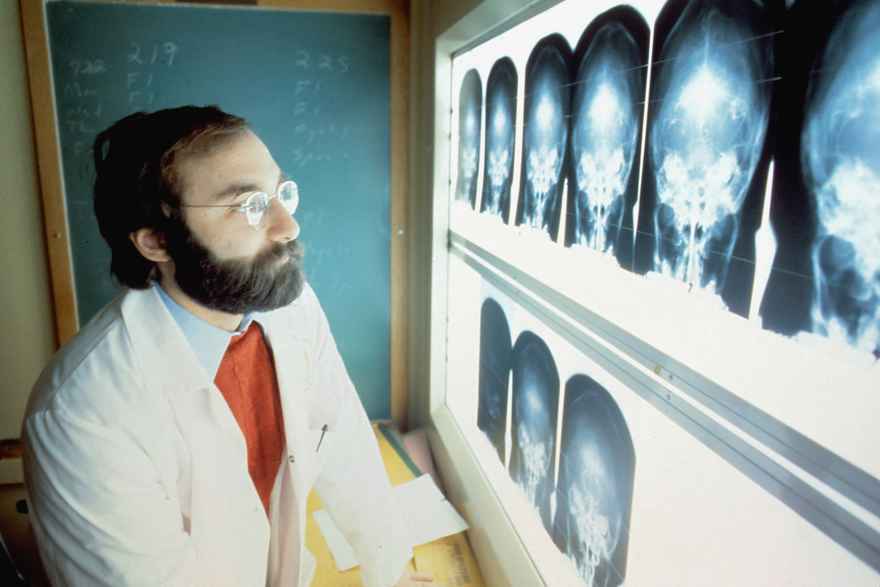STRATEGIC NARRATIVE INSIGHTS
Lesson From My Father’s ENT Office

I spent my childhood afternoons in my father's ENT office (ear, nose, and throat), awaiting my mother's completion of her administrative tasks. My father, a devoted and strenuous professional, would work into the night. Then, my mom, a loving wife and caring parent, would bring me home for dinner.
During those formative years, steeped in the clinic’s rhythm, I observed a habit, a ritual of sorts. This ritual happened each day, providing me with a key insight that continues to influence my professional approach today.
All patients completed forms and progressed to the audiometric cabin for a hearing test before they would even talk to my dad.
Diagnosing was the cornerstone of my father's consultative approach. It was his unwavering norm.
This essential stage defined his role and identity as a doctor—his brand. His narrative.
Why, then, isn't this the standard for all other professionals? Why accept work without a proper diagnosis in professional services?
Imagine a doctor rushing you to surgery without a comprehensive understanding of your symptoms. Unthinkable. Even in the case of an emergency.
Yet, the vast majority of advisors, such as consultants, coaches, or engineers, do just this.
If you always diagnose your clients first, bravo. If not, read on.
I confess my shortcomings here. But having experienced the benefits of initial diagnosis, I've become one of its strongest advocates.
Now, I don’t begin any new consulting work without a diagnostic, and I avoid clients who avoid my free assessment on my website.
Too often, rushed commitments made me regret accepting new clients: undercharging or delivering ineffective solutions.
Licensed professionals must demand extensive information in fields like medicine, engineering, or law. Questions are asked, and tests are taken. Otherwise, it is malpractice.
Why, then, should you build a diagnostic?
- A diagnostic yields maximum information in minimum time. It lets you predict the value you might add in a subsequent engagement, safeguarding your profitability and your client’s budget. It clarifies client expectations and your obligations.
- Over time, the data you collect from thousands of clients validate your approach. Moreover, it backs it up with quantitative evidence.
- A diagnostic can also present client situations on a standard map, instilling confidence in your problem-solving abilities.
- A thorough understanding of their unique case reassures clients.
- A diagnostic strengthens your perspective and philosophy, establishing a relationship based on shared understanding.
- It becomes an essential part of the narrative you put in place to differentiate from your colleagues in your field.
How to start building one?
This question would be the subject of an entire course. But here is a crash version of that course for now.
- Create an assessment tool or questionnaire based on your core framework.
- Reflect on past work and identify recurring patterns. These become your diagnostic's focal points.
- Offer a free version to give prospects an idea of your approach. A paid version provides a more detailed picture.
- Communicate the diagnostic phase clearly: the duration, the questions you will explore, and the recommendations you will provide.
- Then, over time, refine your diagnostic to cater to different situations and personas.
- Always charge a fixed fee proportionate to your client's situation or the organization’s size if you work with companies.
What does a diagnostic have to do with your strategic narrative?
The power of a diagnostic extends beyond just information gathering. It's a demonstration of empathy and understanding. Clients trust you more when they know you understand and respect their specific circumstances. This understanding equips you to provide informed, tailored advice and nurturing confidence.
You will build the narrative of the Expert in their mind.
Conducting a diagnostic strengthens your narrative power. It enables you to establish a frame rooted in your unique perspective and beliefs. Clients appreciate this, as they see your methodology in action and understand your approach to their situation. In this way, a diagnostic enhances your professional reputation and fosters stronger client loyalty.
You control the frame.
You control the narrative.
